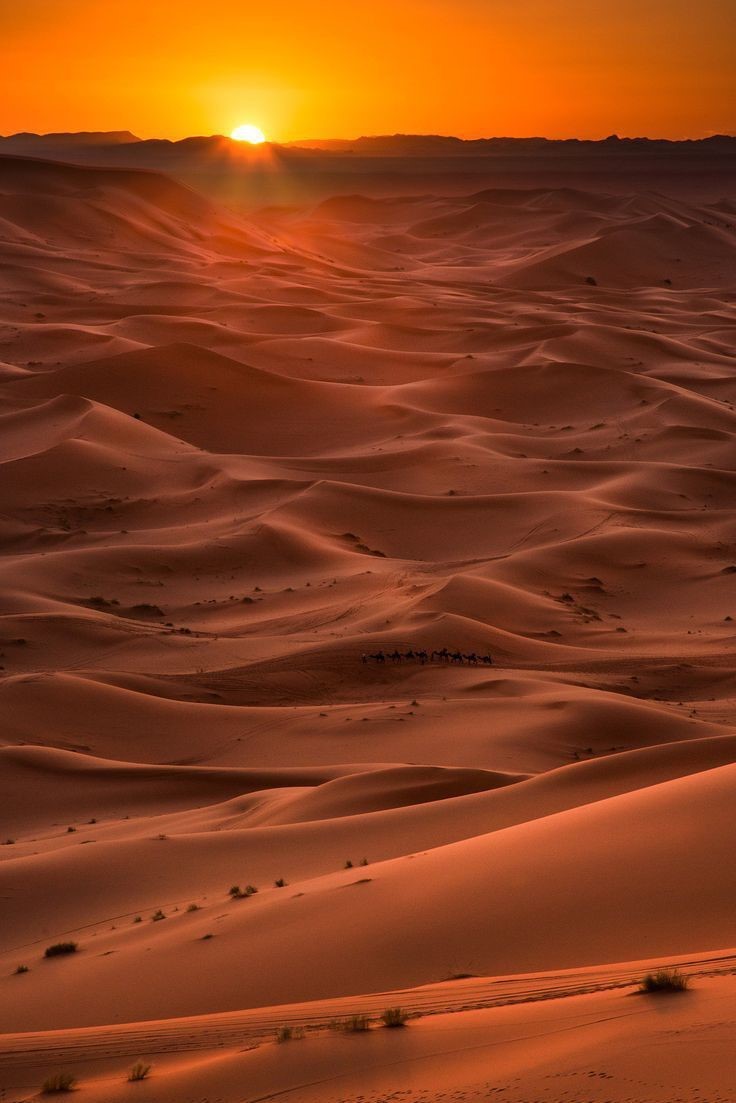A desert is a landscape where little precipitation occurs and, consequently, living conditions create unique biomes and ecosystems. The lack of vegetation exposes the unprotected surface of the ground to denudation. About one-third of the land surface of the Earth is arid or semi-arid. Deserts can be classified by the amount of precipitation that falls, by the temperature that prevails, by the causes of desertification or by their geographical location.[1]
desert Formation
Deserts are formed by weathering processes as large variations in temperature between day and night and put strains on the rocks, which break in pieces. Although rain seldom occurs in deserts, there are occasional downpours that can result in flash floods. Rain falling on hot rocks can cause them to shatter, and the resulting fragments and rubble strewn over the desert floor are further eroded by the wind.
This picks up particles of sand and dust, which can remain airborne for extended periods – sometimes causing the formation of sand storms or dust storms. Wind-blown sand grains striking any solid object in their path can abrade the surface. Rocks are softly down, and the wind sorts sand into uniform deposits. The grains end up as level sheets of sand and are form high in billowing sand dunes.
Other deserts are flat, stony plains where all the fine material blown away and the surface consists of a mosaic of smooth stones, often forming desert pavements, and little further erosion takes place.
Other desert features include rock outcrops, exposed bedrock and clays once deposited by flowing water. Temporary lakes formed and salt pans left when waters evaporate. There may be underground sources of water, in the form of springs and seepages from aquifers.Evening Desert Safari

